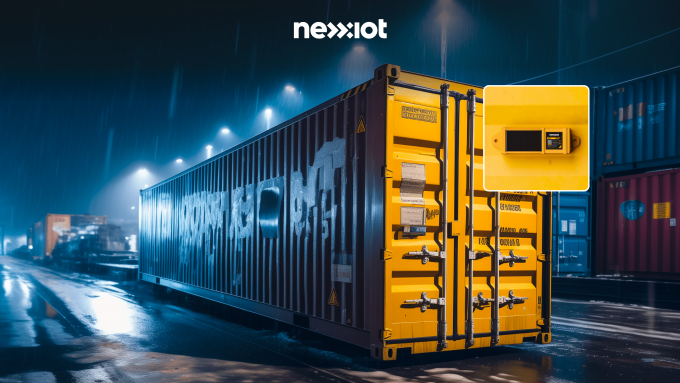Solid results in '24 and a good start to '25, says bullish Hapag-Lloyd CEO
German container shipping line Hapag-Lloyd appears to have slightly lost market share last year, today ...

World’s largest connected container fleet offers new hope to shippers
The supply chain is being tested – like a vessel that’s creaking and straining to make headway in volatile seas. In this age of geopolitical turbulence and trade uncertainty, quality data brings optimism and calm.
Since the adoption of the ‘dry’ intermodal shipping container as a global standard in the middle of the last century, innovation in the maritime cargo space has been limited. Now in a bold, industry-changing move, Hapag-Lloyd has ...
Asia-USEC shippers to lose 42% capacity in a surge of blanked sailings
Why ROI is driving a shift to smart reefer containers
New USTR port fees threaten shipping and global supply chains, says Cosco
USTR fees will lead to 'complete destabilisation' of container shipping alliances
Transpac container service closures mount
Outlook for container shipping 'more uncertain now than at the onset of Covid'
DHL Express suspends non-de minimis B2C parcels to US consumers

Comment on this article